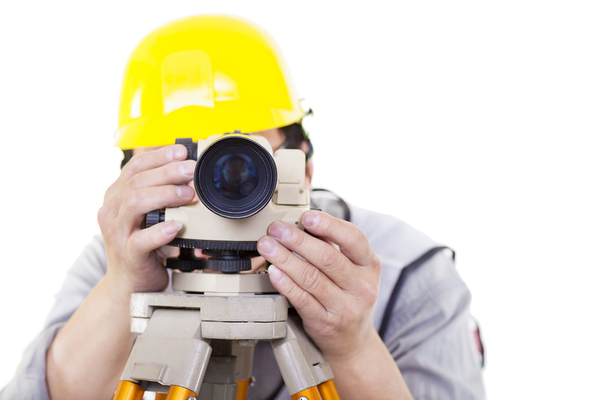Some land surveyor challenges and solutions are almost universal and some arise when new technology makes more precise mapping possible. Land surveyor continuing education helps keep your skills sharp and your knowledge up to date, which is why it’s a standard part of licensing requirements.
If it’s time again for you to earn more professional development hours, here are four courses that matter right now.
#1: Planning and Processing Surveys for Civil Works Projects [PDH301]
Surveying offshore enables better mapping and safer exploration, but it’s more than just land surveying underwater. Hydrographic surveying measures “the depth and bottom configuration of water bodies,” says the Office of Coast Survey, for updating nautical charts, model making and many other purposes.
The Planning and Processing Surveys for Civil Works Projects [PDH301] course follows the U.S. Army Corps of Engineers materials on hydrographic surveying. Once complete, you’ll understand hydrographic surveying parameters; data processing; USACE survey coverage, processing and plotting standards; and more.
#2: Geospatial Data And Systems [PDH306]
To the average human eye, digital geospatial data is a virtually indecipherable grouping of symbols that represent roads, property lines, infrastructure, terrain and other objects. Geographic information systems or GIS technology transforms those polygons, lines and points into a readable map.
Geospatial Data And Systems [PDH306] deals with implementing and using geospatial technologies. Following the U.S. Army Corps of Engineers manual, this course provides “detailed technical guidance” on geospatial technology. After completion, you’ll understand geospatial data acquisition, processing, utilization and storage; issues related to eGIS; and software and hardware that support geospatial activities.
#3: sUAS Data Acquisition for Land Surveying [PDH317]
Drone technology is revolutionizing land surveying, but it’s still in its infancy. A Small Unmanned Aircraft Systems or sUAS, also called a drone, can go where people can’t easily go, collect data in seconds that takes humans much longer, all piloted remotely.
PDH Academy’s sUAS Data Acquisition for Land Surveying [PDH317] course helps land surveyors understand FAA regulations and data acquisition. Once complete, you’ll know how a sUAS can improve accuracy (and when it might not), obtaining accurate land surveys, sensors for drones and what existing software is capable of.

Better technology improves mapping accuracy, but it can also introduce new problems.
#4: Fundamentals of Property Rights and Boundaries [PDH316]
They don’t exist on paper, but they certainly do in reality. Overlaps, hiatuses, and other issues arise when there’s a gap or an overlap between one boundary and another. In truth, all property has precise boundaries with clear ownership. But when survey work is inaccurate, these leftover or overlapping margins create a legal problem as well as a surveying problem.
Fundamentals of Property Rights and Boundaries [PDH316] covers what survey mapping instructions don’t. The surveyor must somehow resolve hiatuses, junior-senior corners and other problems, and this 2-hour course offers guidance.
Land surveying may never become obsolete, regardless of how much the precision and accessibility of each new technological advancement improves on old technology. As long as there are legal problems to solve, maps to update, bodies of water to explore and boundaries to find, land surveyors will provide an important service.
When it’s time for you to earn more continuing education credits, PDH Academy has what that you need. Check out our approved courses for land surveyors and get started today.







